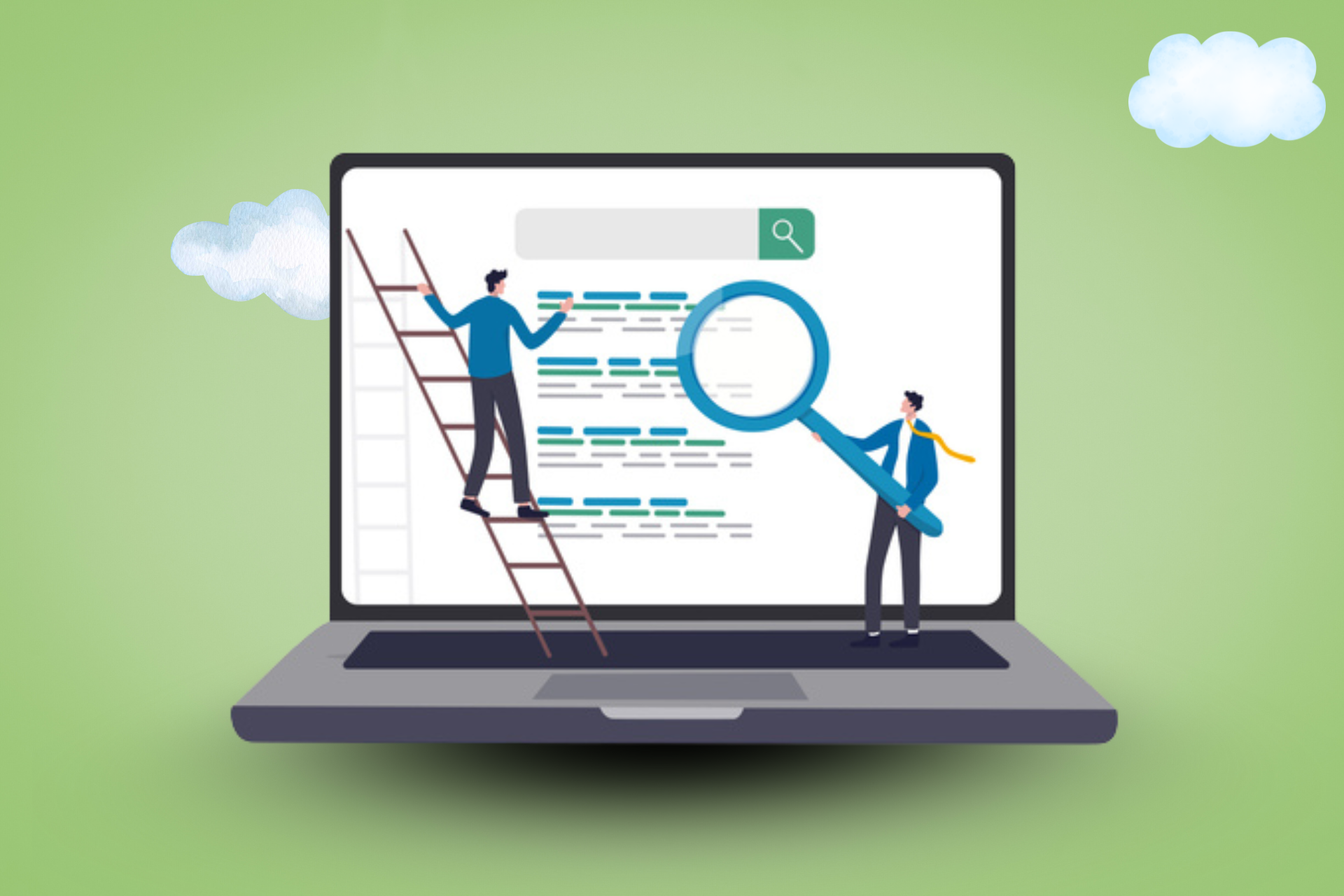Automatic Parallel Tracking - How it Will Affect You
What is it and who will feel the impact?
Google recently made an important announcement about a mandatory setting:
Google releases hundreds of changes and updates a year, but this one merited a direct email to every account owner.
So, what does that mean?
First, these changes won’t happen until later this year, on October 30. That’s a welcome surprise to anyone who has scrambled to adjust to any number of Google’s mandatory changes with much less warning.
So, what does that mean?
First, these changes won’t happen until later this year, on October 30. That’s a welcome surprise to anyone who has scrambled to adjust to any number of Google’s mandatory changes with much less warning.
Second, parallel tracking is a new
feature that was released earlier this year. A lot of us haven’t even heard of it, much less made use of it. For Google to make this mandatory, it’s reasonable to say that it is a default setting with relatively low impact.
But, the email does heed the warning:
Please work with your click measurement provider(s) to make sure that your account is ready for parallel tracking by October 30, 2018. Should you or your provider miss this deadline, it could potentially interrupt your click measurement reporting or cause landing page errors.
That sounds more ominous.
Let’s take it step by step and see how the AdWords parallel tracking will be automatically turned on alert will affect your website and Google Ads account.
Let’s take it step by step and see how the AdWords parallel tracking will be automatically turned on alert will affect your website and Google Ads account.
What is parallel tracking?
Parallel Tracking is a feature in Google AdWords (a.k.a. Google Ads
) that sends the user to the destination landing page, while tracking data runs in the background. The person who clicks on an ad will be brought to the website page directly, and the tracking parameters will run parallel to that journey, not interrupting the URL loading time.
Who is a click measurement provider?
A company (in this case, outside of Google) that provides your tracking data for digital ads, app downloads, e-commerce transactions, etc., a.k.a third-party tracking provider.
Have you clicked on an ad and noticed the URL bar flicker with different codes, like it is passing through more than one website before arriving at the destination. This happens so quickly that most times it is indistinct. If it is noticeable, there is a delay to loading the landing page. Sometimes you may question if the link you clicked on is secure or you are being redirected to a different website.
The cause of this ripple in the click-load continuum is a tracking pixel. The tracking pixel does not record any personal identifying information, but identifies you as a “user.” The elements of your search journey, such as the type of device or what browser you are using, is recorded into Google Analytics as a "session.” These data points can then be analyzed by website developers to optimize the website for a better user experience.
Ultimately, parallel tracking is an improvement within Google Ads that sends people directly to the website, while the data is recorded off to the side. Before, the person would click, pass through the tracking URL sequence, and then arrive at the destination website. Think of it like a TSA pre-approval and bypassing the security checkpoint. The security check happens in another realm and you get to where you want to go faster.
The benefit to parallel tracking may seem subtle, but with page load time, every second counts. Just take a look at these statistics:
Want to find out if your website and Google Ads are fully compliant and ready for the mandatory parallel tracking implementation in November 2018? See the checklist of requirements and suggestions below.
Still confused and want someone to explain it without all the technical jargon? Contact your local Flypaper agency
or email marketing@customerswhostick.com.
For more information about how click tracking works or the technical requirements for parallel tracking
, visit the AdWords API Developers Resource.
Portions of this page are reproduced from work created and
shared by Google
and used according to terms described in the
Creative Commons 3.0 Attribution License
.

In the competitive world of digital marketing, SEO content is one of the most powerful tools you have to ensure your website ranks higher on search engines. But what exactly is SEO content, and how can it help elevate your online presence? Let's dive into the fundamentals of SEO content and understand its role in your business's digital marketing strategy.











